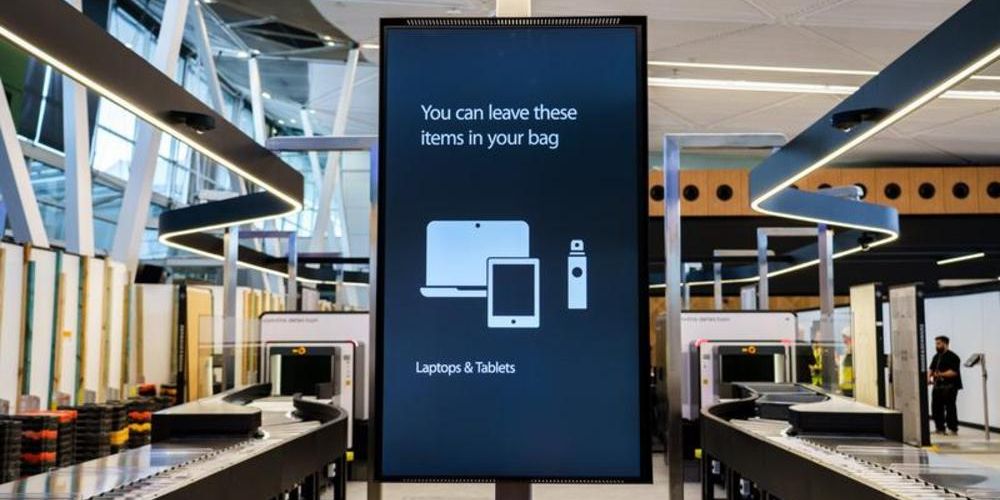Sydney Airport is on track to record its busiest year ever for international travel with 12.55 million passengers year to date.
This result has been driven by the introduction of new services and a four per cent year-on-year uplift on international seat capacity.
Figures just released show the airport welcomed 10.68 million passengers in Q3 (July to September) 2025, representing 3.4 per cent growth on the same period in 2024.
International passengers increased 6.6 per cent on the same period last year, with 4.28 million travellers passing through the T1 International terminal.
Domestic and regional traffic grew 1.4 per cent on the same period last year, with 6.4 million passengers travelling through T2 and T3.
Overseas travel by Australians rose 2.0 per cent compared to the same period in 2024, while inbound travel from key markets continued to strengthen.
The growth in international travel to and from Sydney reflects the recent expansion of Australia’s bilateral air services agreements, which has increased airline competition and passenger choice, and contributed to more competitive international airfares.
“Q3 was another quarter of steady growth, supported by inbound demand from key markets including the United Kingdom, China, and Indonesia,” said Scott Charlton, Sydney Airport CEO.
“The recovery in these markets, combined with the continued return of airline capacity, reflects the strength of Sydney’s position as Australia’s international gateway.
Operational performance remained consistent through the quarter, with 99.9 per cent of domestic passengers and 99.1 per cent of international passengers clearing security in less than 10 minutes.
At T1 International, 11 of the 15 new security lanes featuring advanced CT scanner technology are now operational, up from nine in Q2 2025. Once complete, the upgrade will boost screening capacity by nearly 30 per cent and allow passengers to keep laptops, liquids, and aerosols in their carry-on bags.
Construction also progressed on the $200 million Terminal 2 redevelopment. Two of the seven new security lanes featuring advanced CT scanner technology are now operational, with the remaining five due by the end of the year.
Works are advancing on new self-service check-in kiosks and bag drop systems that will streamline the journey from kerb to gate to as little as fifteen minutes once complete.
Installation of next generation checked baggage screening equipment continued across T1, T2, and T3, with delivery on track for completion by the end of Q4 2025.
“This performance demonstrates the value of our partnerships with airlines, the Australian Border Force, and government agencies as we work together to deliver more efficient and seamless passenger journeys,” added Mr Charlton.
“What’s particularly pleasing is that these results were achieved while major infrastructure works continued across the precinct.
“Our operational teams have maintained consistent performance and reliability through a period of high activity, ensuring passengers continue to enjoy an efficient and welcoming airport experience.”









